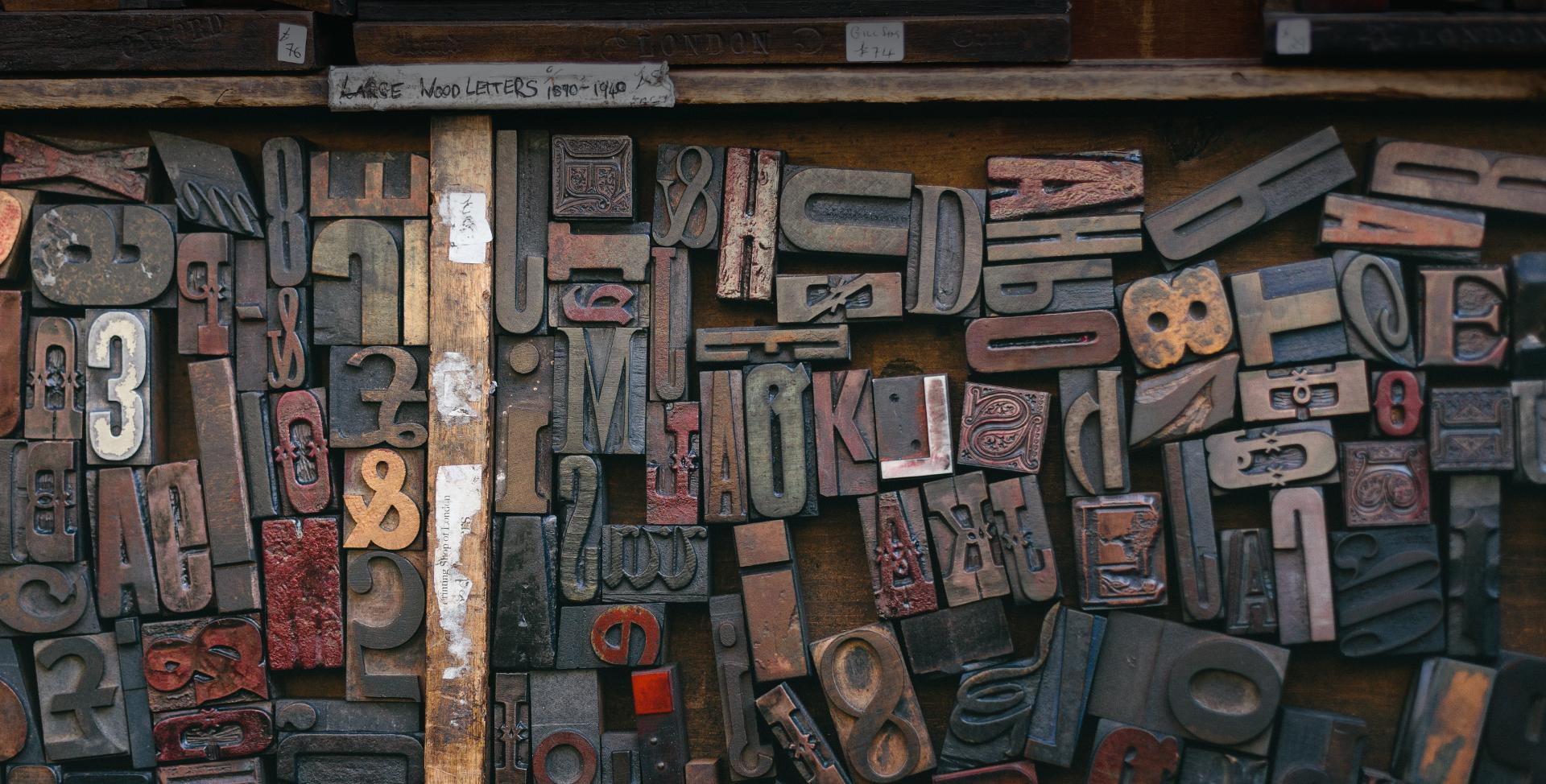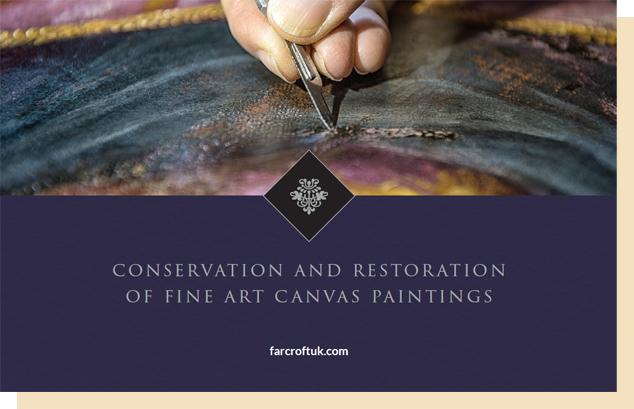
Process and Challenges with Watercolour Restoration
When people speak of watercolour art, language such as delicacy, fragility, and light are used to describe the dreamy, ethereal nature of the painted surface. These same qualities of delicacy and fragility are what causes many watercolour works to need careful conservation and restoration. Challenges for the conservationist include issues related to the paper, and issues related to the painted surface and pigments.
Watercolours are made with powdered pigments and a binder of gum Arabic. Many artists in the past ground and mixed their own watercolours. Over time, the source and location of the primary pigments has changed. While pigments originally were either earth compounds or minerals, ochre, iron oxide, crushed and powdered stone, or biological elements such as insects or shellfish, modern synthetic pigments have joined the more expensive natural pigments to give artists colouring agents that are heavily saturated with colour, less sensitive to light and fading, and with various degrees of translucency. For watercolours, with pigments bound in a solution of gum Arabic and thinned with water, the pigments are especially susceptible to water damage and fading from exposure to light.
Modern watercolour paper is a heavy-weight, thickly made cotton pulp paper that has been treated for archival standards and maintains a pH that is neutral. It’s expensive, though, and many times artists cannot afford the best quality paper. Older papers can be, rather than pure cotton rag, a mix of cotton and cellulose, or wood pulp. To break down the wood pulp and make paper, various chemicals were used that caused the paper to become acidic. This acid pH causes the paper to deteriorate over time. In addition, if papers were not made to the standards of art, they could have other exposures to metals or other chemicals that cause deterioration, browning, staining or tearing.
Mounting also introduces a number of tapes, adhesives, backing boards, and mats that cause discolouration of the paper due to their chemistry. Many of these colour changes and stains related to the chemistry of the paper and materials touching the paper can be successfully cleaned and the pH of the paper brought back to neutral.
Conservationists approach the work on watercolour art in two parts: what needs to be done to restore and protect the paper, and what needs to be done to restore and protect the pigments on the painted surface.
Visual integration is the term conservators use when they replace or repaint areas of colour that have faded or been washed away by water or light damage. Based on the age of the work and the colour of the piece new, if available, many restorers know the pigments used and can replicate the work until it looks like the original. If the watercolour has historic significance or value, conservation can keep any further deterioration from occurring, without touching up the surface pigments.
When the paper itself has become dangerously torn or too fragile, there are a number of backing papers that can be added for support, or a technique using fine Japanese papers can be added to the back to repair tears.
The testing, chemical treatment, repair, and visual integration needed to return a watercolour to its original look is speciality work done by trained conservators and restorers. These are not techniques that can be applied at home. For an evaluation and recommendations for restoration of a watercolour, please contact us for information or an appointment.
Find out more about our watercolour restoration service.


 For additional information about fine art conservation and restoration read our ebook where we look into further science and art of conserving the artwork of history.
For additional information about fine art conservation and restoration read our ebook where we look into further science and art of conserving the artwork of history.
